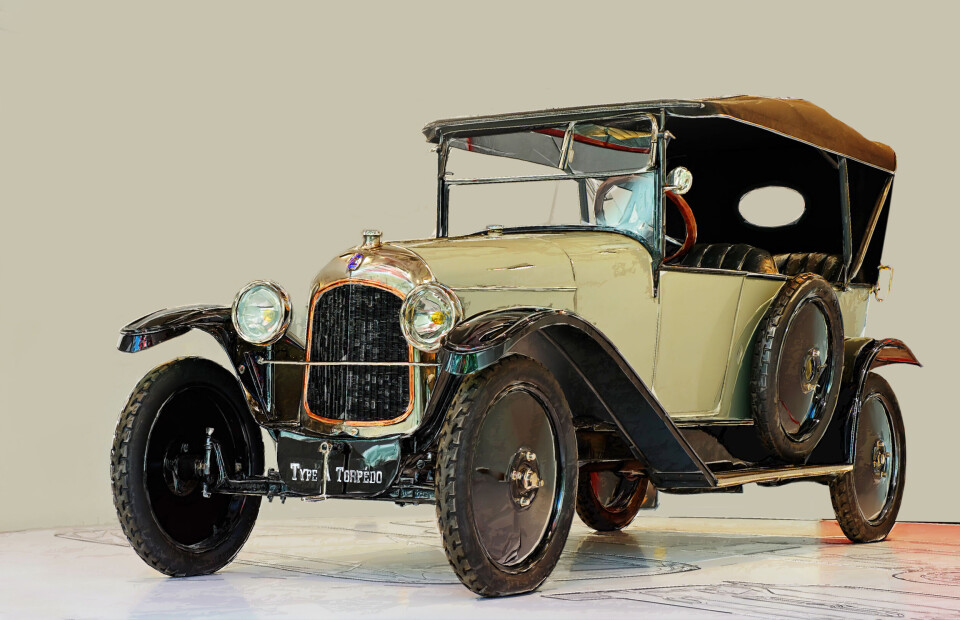-
EU ministers reject plans for annual roadworthiness test for older vehicles
Concerns over costs leaves EU Council backing current measures
-
France’s first 100% electric service station set to open in 2026
Station in Brittany will include six ultra-fast charging points
-
How to survive driving while senior and nervous on French roads
Columnist Cynthia Spillman provides some useful advice on getting behind the wheel
France’s first highway code introduced 100 years ago in May 1921
It enshrined in law the rule of driving on the right-hand side of the road, although the country very nearly chose “English-style” left

France’s first official highway code is 100 years old today, having been published on May 27, 1921.
It was created to harmonise the various traffic rules that existed around the country and to help manage the growing number of motor vehicles on the roads.
The number of cars in France went from around 350 in 1858, to 53,000 in 1910 and around 333,000 in 1920.
“At a point, co-usage became untenable with carts, carriages, pedestrians and animals," historian Jean Orselli told news agency AFP.
“Each municipality applied its own measures to regulate traffic. There were huge absurdities that arose from this, so national rules were needed,” he said.
The first highway code contained rules such as every vehicle should have a driver and so has no room for self-driving cars.
It also stated that drivers should be “in a constant state of readiness and position to steer their vehicles or guide their carriages, horses, or cattle” and that they “must warn other drivers and pedestrians of their approach”.
The 1921 code was also the first time that the rule of driving on the right was officially enshrined in law in France.
But this was nearly not the case.
The debate on road safety in France began in 1903 following an accident on the road between Paris and Madrid in which eight people were killed and 20 more injured.
In 1909, a national commission was set up and tasked with creating a highway code and determining the side of the road that vehicles should drive on.
Up until that point, vehicles in France had mostly been driving on the right but it was not official.
There was a proposal, which had majority backing, in the 1912/13 draft version of the highway code that supported driving on the left, in the “English manner”.
Supporters said that the traffic accident rate was lower in England and that it was safer for pedestrians (this claim was without basis).
However, World War One began the following year and the highway code was shelved for six years.
In 1919 another commission was charged with finishing work on it. This commission rejected the idea of driving on the left.
The highway code was finalised and promulgated in 1921, with driving on the right enshrined in law. If it had not been for the First World War, though, things may have turned out differently.
The 1921 version states that drivers “may use the middle or right-hand side of the road but are strictly forbidden to use the left-hand side, except when overtaking or turning”.
The highway code has evolved enormously in the previous century, with new rules introduced on speed limits, wearing seat belts, drink driving, etc.
Over 1.5 million people sit their practical driving test in France every year.
Read more:
A guide to French car insurance
Normandy has the politest drivers, Paris and Riviera the rudest
























